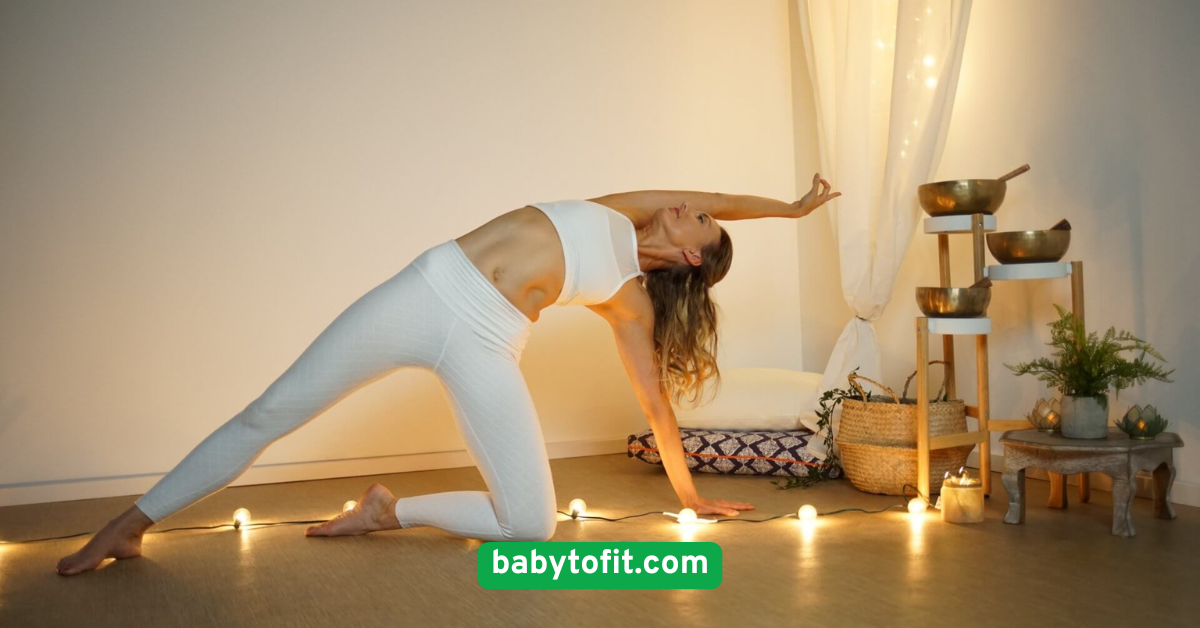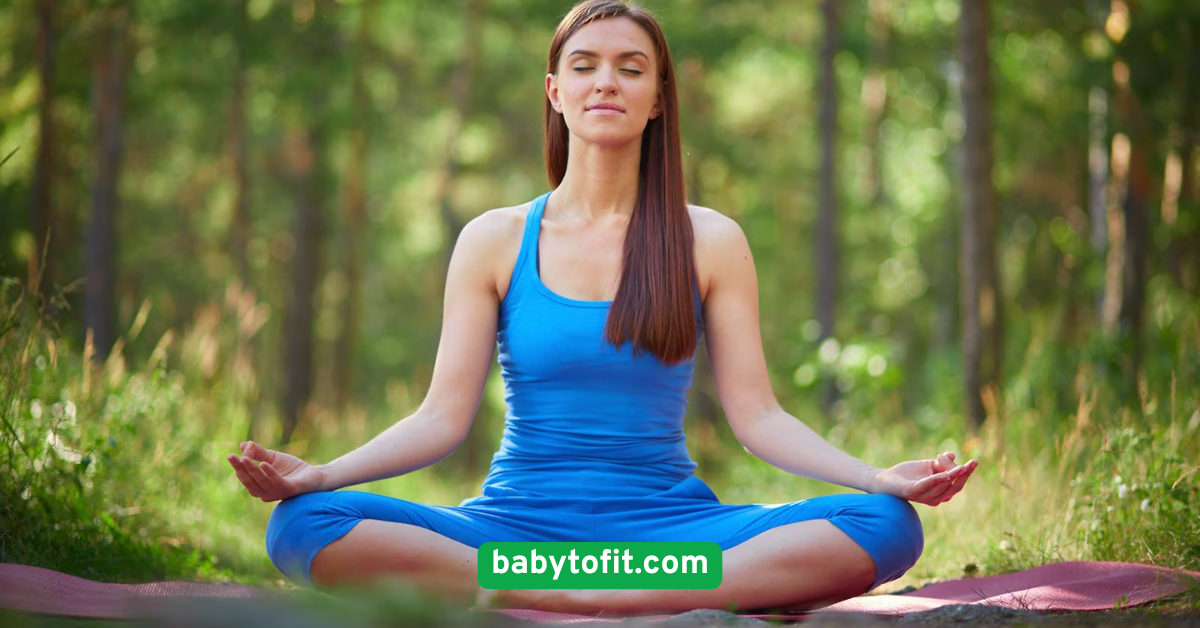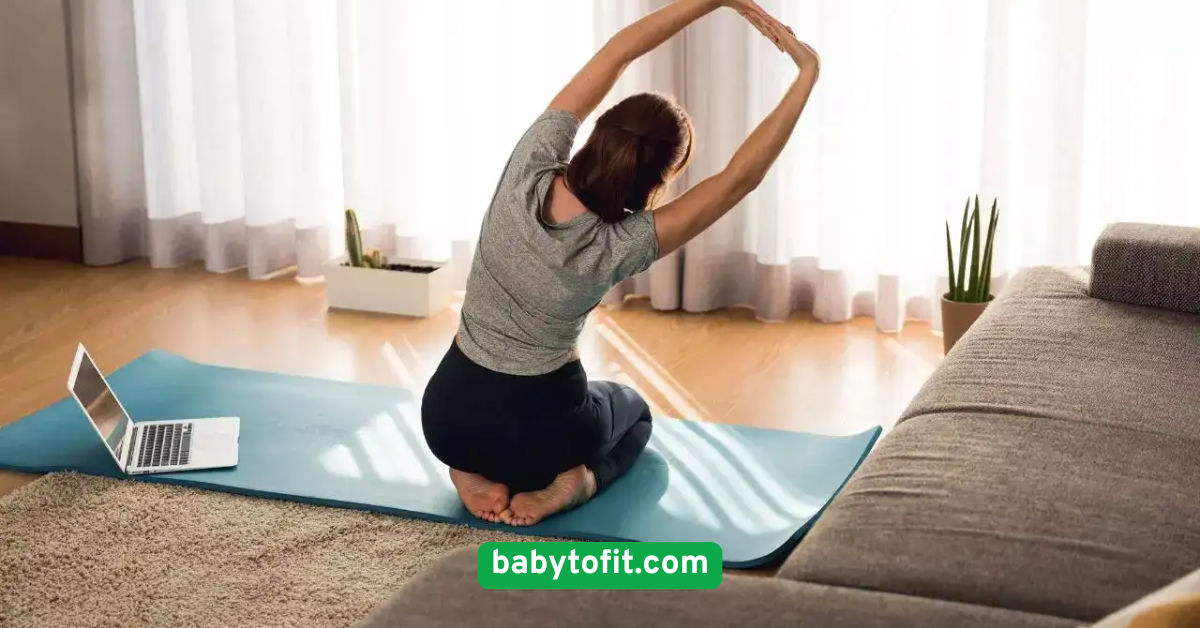12 Healing Postpartum Workouts to Support Healing
From pelvic floor exercises that restore vital muscle function to gentle stretches that ease tension, these workouts are perfect for new moms at any fitness level. So, let’s dive in and discover how to reclaim your strength, step by step!
1. Pelvic Floor Exercises (Kegels)
One of the most important areas to focus on after childbirth is your pelvic floor. These muscles support your bladder, uterus, and bowel, and they often weaken during pregnancy and delivery. Strengthening your pelvic floor through Kegel exercises is essential to prevent issues like incontinence and improve overall core stability.Start by locating the right muscles — imagine stopping the flow of urine midstream. That squeezing sensation is your pelvic floor. Contract these muscles gently and hold for about 5 seconds, then relax for 5 seconds. Aim for 10 repetitions, three times a day.The beauty of Kegels is their subtlety — you can do them almost anywhere, anytime. Incorporating this workout into your daily routine not only supports healing but also helps you regain control and confidence in your body.

2. Deep Belly Breathing
Breathing might seem automatic, but deep belly breathing exercises can profoundly impact your postpartum recovery. These exercises engage your diaphragm and core muscles, improving oxygen flow and reducing stress.To perform deep belly breathing, sit or lie comfortably, place one hand on your belly, and inhale deeply through your nose, letting your abdomen rise. Exhale slowly through your mouth, feeling your belly fall. Repeat for 5 to 10 breaths.Besides aiding core activation, deep belly breathing calms the nervous system, helping ease postpartum anxiety and fatigue. Practicing this for just a few minutes a day can be a game changer in how you feel.

3. Pelvic Tilts
Pelvic tilts are a gentle way to strengthen your lower back and abdominal muscles, areas that often feel sore or weak after delivery. This movement also promotes better posture, which is crucial as you adjust to carrying and feeding your baby.Lie on your back with knees bent and feet flat on the floor. Tighten your abdominal muscles and gently tilt your pelvis upward, flattening your back against the floor. Hold for a few seconds, then release.Start with 10 repetitions and gradually increase as you get stronger. This exercise helps relieve lower back tension and supports the core muscles, making everyday movements easier and less painful.

4. Cat-Cow Stretch
The Cat-Cow stretch is a favorite among postpartum moms for its ability to mobilize the spine and release tension in the back and neck. This gentle yoga-inspired flow encourages flexibility and improves circulation.Begin on your hands and knees with your spine in a neutral position. Inhale as you arch your back, lifting your head and tailbone (Cow Pose). Exhale as you round your back, tucking your chin and pelvis (Cat Pose). Repeat slowly for 10 rounds.This stretch feels soothing and helps counteract the stiffness from hours spent nursing or carrying your baby. It’s also a wonderful way to connect with your body and breathe deeply.

5. Bridges
Bridges target your glute muscles, lower back, and core — all vital for rebuilding strength postpartum. Strengthening these areas supports pelvic stability and reduces discomfort.To do a bridge, lie on your back with knees bent and feet hip-width apart. Press through your heels to lift your hips toward the ceiling, squeezing your glutes at the top. Hold for 2-3 seconds, then lower down slowly.Perform 10-15 repetitions. This workout not only tones your lower body but also helps correct posture imbalances caused by pregnancy and baby care routines.

6. Modified Side Plank
The side plank is excellent for engaging your obliques and deep core muscles, which often need extra attention after childbirth. However, postpartum bodies require modifications to avoid strain.Start lying on your side, supporting your upper body on your forearm, knees bent for stability. Lift your hips to create a straight line from shoulders to knees. Hold for 10-15 seconds, then lower down.Repeat on each side 2-3 times. This exercise improves lateral core strength and balance, enhancing your overall stability as you carry and care for your little one.

7. Wall Push-Ups
Building upper body strength is crucial postpartum, but jumping into regular push-ups can be too intense initially. Wall push-ups offer a gentle alternative that strengthens your chest, shoulders, and arms safely.Stand about an arm’s length from a wall with your feet shoulder-width apart. Place your hands on the wall at chest height, then bend your elbows to lean in toward the wall. Push back to start.Try 10-15 repetitions. This exercise enhances your posture and upper body endurance, making everyday tasks like lifting your baby easier and more comfortable.

8. Walking
Sometimes, the simplest workouts are the most effective. Walking is a low-impact cardiovascular exercise that boosts circulation, supports weight management, and enhances mood.Start with short 10-15 minute walks at a comfortable pace, gradually increasing duration as your endurance improves. Walking outdoors also provides fresh air and a mental break, which is priceless for busy moms.Incorporating walking into your daily routine can ease you back into more vigorous activity while providing gentle conditioning for your recovering body.

9. Seated Leg Lifts
Seated leg lifts focus on strengthening your thighs and hip flexors without putting pressure on your pelvis. This exercise is particularly helpful if you are still regaining pelvic stability.Sit upright on a sturdy chair with feet flat on the ground. Slowly lift one leg straight out in front of you, hold for a few seconds, then lower it back down. Alternate legs.Do 10-12 repetitions per leg. Seated leg lifts improve lower body strength and support better posture while sitting — something new moms do a lot!

10. Child’s Pose Stretch
This restorative yoga pose gently stretches your lower back, hips, and thighs while promoting relaxation. Child’s Pose can alleviate postpartum back pain and help reset your body after physical exertion.Start on your knees with your big toes touching and knees apart. Sit back onto your heels and reach your arms forward, lowering your chest toward the floor. Breathe deeply and hold for 30 seconds to 1 minute.Regularly practicing this stretch helps reduce muscle tension and encourages a sense of calm — essential for healing and stress relief.

11. Heel Slides
Heel slides are a gentle way to activate your core and lower abdominal muscles while also promoting hip mobility. This controlled movement supports pelvic floor recovery and core strength.Lie on your back with knees bent. Slowly slide one heel away from your body, straightening your leg while keeping your back flat on the floor. Slide the heel back and switch legs.Aim for 10-15 repetitions per leg. Heel slides encourage mindful movement and help rebuild strength without overstressing delicate tissues.

12. Standing Side Bends
Standing side bends gently stretch your waist and side core muscles, improving flexibility and balance — both often compromised postpartum.Stand tall with feet shoulder-width apart. Raise one arm overhead and slowly bend to the opposite side, feeling a stretch along your waist. Hold briefly, then return to center and repeat on the other side.Do 8-10 repetitions per side. This stretch complements core strengthening exercises and helps release tightness caused by carrying and nursing your baby.

Conclusion
Postpartum recovery is a unique journey for every mom, and your body deserves kindness, patience, and gradual strengthening. These 12 healing workouts focus on gentle, effective movements that support your body’s natural healing process. From restoring pelvic floor function to improving core stability and enhancing flexibility, they are designed to nurture you as you regain strength and confidence.
Remember, consistency matters more than intensity — listen to your body and progress at your own pace. Combining these exercises with proper nutrition, hydration, and plenty of rest creates a solid foundation for your postpartum wellness. Embrace this time as a chance to reconnect with your body and celebrate every small victory along the way!
Ready to start your healing journey? Take it one step at a time, and know that every movement brings you closer to feeling your best.





